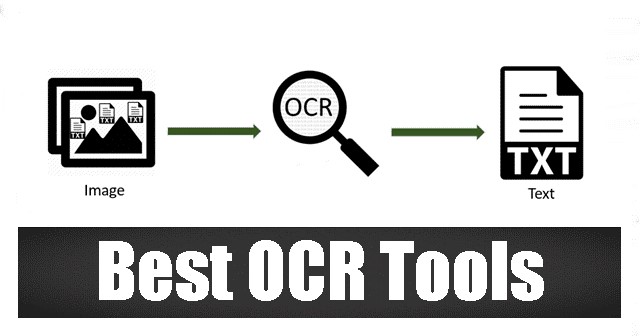OCR (Optical Character Recognition) technologies have completely changed how we interact with digital content by making it possible to extract text from photos precisely. OCR technology is essential for transforming handwritten or printed text from photos into forms that can be edited and searched. We’ll examine the inner workings of OCR technologies in this investigation, revealing the intriguing procedure that converts photos into editable and accessible text.
Understanding OCR (Optical Character Recognition) Technology
This technology uses sophisticated algorithms to identify and decipher text included in photographs. OCR tools are primarily designed to mimic human character recognition, allowing machines to read and interpret text included inside images.
How OCR tools work?
Onlineocr.net is the best image to text converter and below we will explain how it works:
Image Preparation
OnlineOCR.net tool preprocess the image to start the process. This entails leveling brightness, modifying contrast, and improving image quality. These changes ensure a sharper input for the OCR algorithms by optimizing the image for character recognition.
Text Recognition
This OCR tool uses advanced methods to find and recognize text-containing regions in the image. To separate text from non-text objects, this stage entails examining pixel patterns, shapes, and spatial relationships. Text in a variety of fonts, sizes, and orientations can be detected with ease by modern OCR software.
Character Divide
OnlineOCR.net tool divide a picture into individual characters or words after text has been recognized. This division is essential, particularly in situations where characters are close to one another or overlap. Accurate recognition of each component of the text is ensured by precise segmentation.
Feature Deletion
OCR algorithms examine the retrieved words or characters and pinpoint unique characteristics that set one character apart from another. These characteristics, which serve as the foundation for character identification, include lines, curves, and intersections. By using machine learning approaches to train the OCR tool on a variety of datasets, accuracy can also be increased.
Character Identification
Character recognition is the core function of OCR technology. In this step, a predetermined collection of character templates is compared to the extracted features. The closest match for each character is found using pattern recognition algorithms by OCR tools, which then assign the appropriate alphanumeric value.
Error Correction and Post-Processing
OCR tools use post-processing to enhance the recovered text after character recognition. This comprises error correction algorithms that correct for errors brought about by text distortion, noise, or font style variances. With machine learning, sophisticated OCR programs are always improving in accuracy over time.
Challenges and Considerations
Even though OCR technology has advanced significantly, there are still several difficulties when trying to extract text from images:
Recognition of Handwriting
Because handwritten text varies so much and has different styles, it might be difficult to identify handwritten text. To solve this problem, specialized OCR tools are being utilized, such as those used in tablet applications.
Intricate fonts and layouts
Text incorporated in photos with elaborate backgrounds, decorative typefaces, and complex layouts may provide challenges for OCR software. Improving the quality of the input photographs can help to lessen these difficulties.
Support in Multiple Languages
Although OCR technologies can read text in several languages, their accuracy could differ. Selecting OCR software with strong multilingual support is essential for reliably extracting text from a variety of sources.
Other Popular OCR Tools

Google Cloud Vision OCR
OCR is available as part of Google Cloud Vision’s machine learning toolkit. It offers document layout analysis, handwriting recognition, and many languages.
OCR Tesseract
Google created the open-source OCR engine Tesseract. Tesseract is widely used and may be implemented into a variety of applications. It is well-known for its precision.
OCR in Adobe Acrobat
OCR functions in Adobe Acrobat allow users to turn scanned documents or images into editable, searchable text.
ABBYY FineReader
ABBYY FineReader is one of the best text extractors that is a rich-featured platform for users. Its multilingual support feature supports a variety of languages and it also has a sophisticated editing capabilities.
Final Words
OCR tools are invaluable for extracting text concealed within photos. OCR technology keeps developing, stretching the bounds of what is possible, from scanning printed documents to reading handwritten notes. The accuracy and power of OCR tools are essential in helping us manage the complex process of turning photos into editable text. In our digitally-driven world, these tools help make information more searchable, accessible, and ultimately valuable.
Also Read: E-Raktkosh: Transforming Online Blood Donation and Blood Supply
Do Not Miss to Read: How Sentence Rephraser Can Help in Academic Writing?

